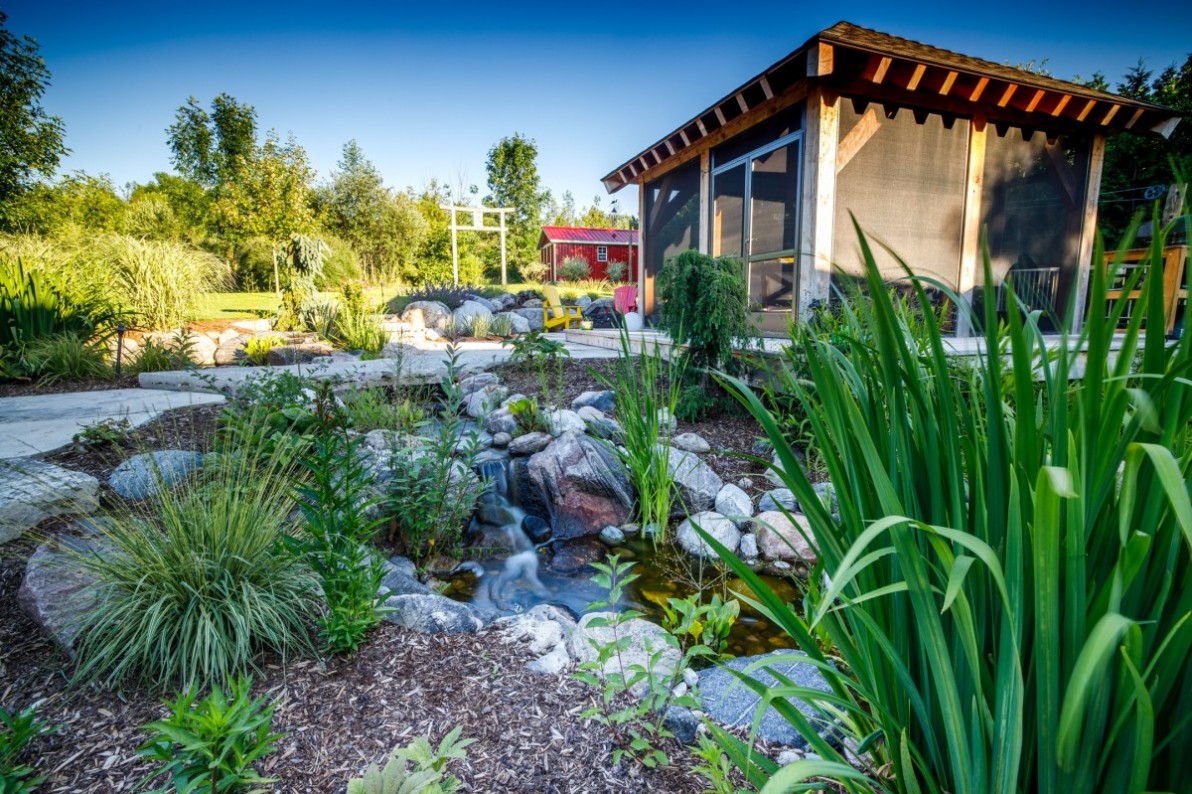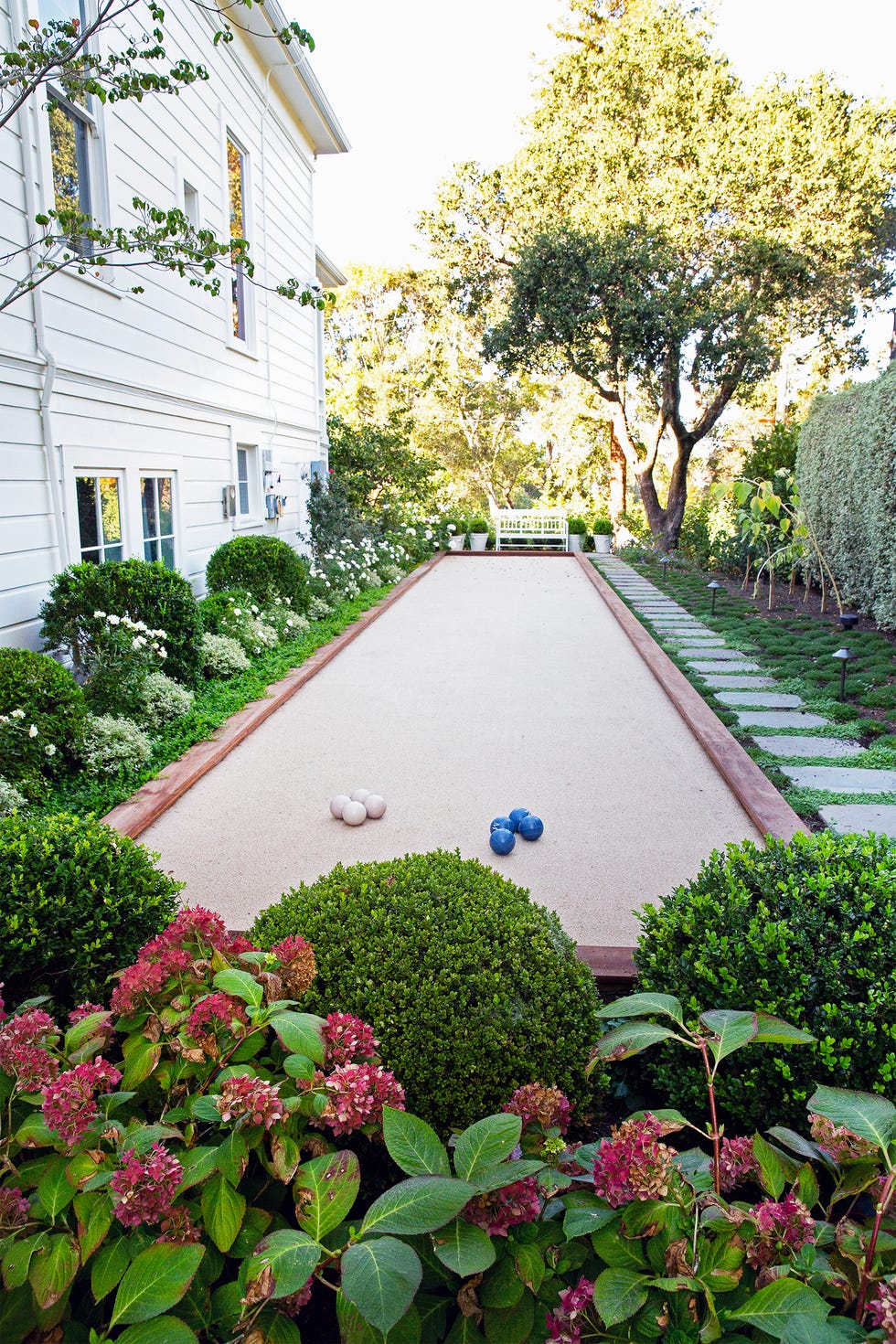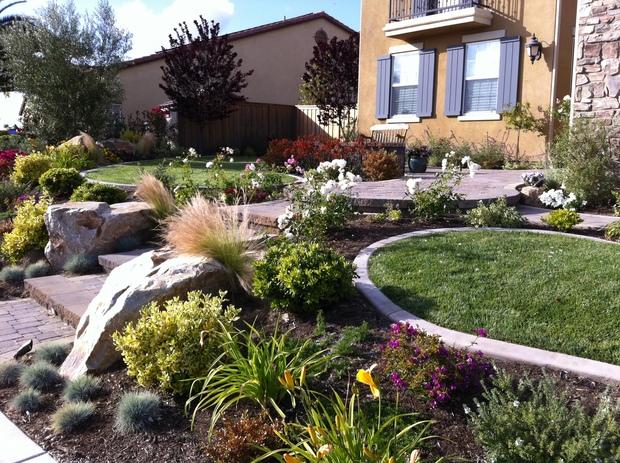The Basic Principles Of Landscapers
The Basic Principles Of Landscapers
Blog Article
3 Easy Facts About Landscapers Explained
Table of ContentsExamine This Report about LandscapersThe 5-Minute Rule for LandscapersLandscapers - The Facts4 Easy Facts About Landscapers ExplainedGetting My Landscapers To WorkSee This Report on Landscapers
- A garden function where water is represented by an accumulated rock item, generally a crushed rock or granite.- A stone or flagstone patio, course, or pathway built without a concrete base.- A stone retaining or totally free standing wall surface developed without the use of mortar. A very skilled mason is required for a dry stack rock wall. Most walls in Portland are moist piled, also if they appear to be. - An underground structure that collect water and enables it to slow down percolate right into the soil around it.
Landscape style that works with a sites' atmosphere in both look and sustainability without adverse effects to the environment. Edging in the landscape is a line of separation that develops visual passion in the yard by dividing one section from another sector. This can be visual or useful, maintaining one element (such as pea gravel) from getting blended into an additional (like bark dust).
Locations can also sense of "room" supplied by trees, various other growings, fencings, or displays. The landscape near the entrance to a building. A tree, shrub or creeping plant, educated to grow on a wall or fencing right into a specific pattern. Specifically helpful for fruit trees, making it easy to gather the fruit and containing mess.
The Landscapers Ideas

The component in a landscape layout or location in a landscape that is indicated to be most prominent. The focal point can be a plant, stone, statuary, collecting space, or various other landscape function.

All About Landscapers
Low plants that are allowed or encouraged to spread out over a location. Can refer to any "hard" garden elements consisting of statuary or boulders yet the majority of generally is used to refer to courses, outdoor patios, and walls - Landscapers.: Elevation distinction between the level of water in a fish pond (or the level of the pump if it rests outside the pond) and the upper electrical outlet of water which influences efficiency of the water pump in gph (gallons per hour).
A chemical used to manage weeds. Fence boards that run flat, commonly used in modern-day or Japanese-inspired landscape designs. Lines that specify spaces within a landscape principle. These usually prolong from corners or essential functions of an existing framework. Appropriate use fictional lines can help the landscape really feel attached to the home and various other components.
Conventional PNW landscapes are casual. A plant that spreads more than wanted, or into environments where it does damage.
Fascination About Landscapers
Smart irrigation controller testimonials and recommendations here. 2-D rendering of the proposed watering system. Can include head positionings and protection, pipeline sizing, GPM specifications, and products needed to install this system. An irrigation plan is usually unnecessary for properties however is typical for industrial jobs. Certified professional who designs landscapes, educated in engineering and design in addition to in gardening.
The expert that prepares and establishes landscape projects, normally at a property or little commercial degree with the major design motivation on growings. Landscape designers normally have less schooling than Landscape Architects and are not certified. A finished landscape design, describing all components for the new landscape. This usually takes the type of a drawing theoretically.
Calcium material made use of to elevate the pH in soil, which will certainly make it less congenial to moss (Landscapers). A water limited HDPE product utilized below ponds, streams and waterfalls in water functions. Using several growings of the same variety to complete a location in the landscape. This can lower maintenance and water use in the garden.
A visit this web-site mix of cement, sand, and water that is utilized in stone stonework for establishing rocks and joints. A layer of compost or bark dirt used at the base of a plant. A mass planting of moss. A plant that existed in a geographical area before people started altering the landscape.
Landscapers Fundamentals Explained
How the yard or a garden component is prepared click this link in connection to an existing or new attribute or to a direction. Preserving a yard without the usage of chemical herbicides, chemicals, or plant foods. Yards that are not cut yet grown in landscapes as perennials. This is a partially open sided relaxation or recreation location that joins a residence, made use of for entertaining, outdoor dining and merely enjoying the outdoor environment.

Small round crushed rock. Plants that provide seasonal passion and after that pass away back in the wintertime. Annuals do not return the complying with period, but perennials do. Winter lawn that is the most typical lawn grass in Rose city, OR and the rest of the PNW.An open roofed structure over a patio area or other landscape attribute.
The most usual landscape gravel in the PNW. Location of the landscape designed to manage rain water until it can soak into the ground.
Framework made from wood, concrete, paving rocks, bricks or other materials for stabilizing slopes and stopping extreme erosion. Narrow watercourse. Creating a other yard feature consisting primarily of rocks with growings that enhance and can grow in the rough atmosphere. Lawn sprinkler head style that rotates a stream of water across an area.
9 Easy Facts About Landscapers Described

Report this page